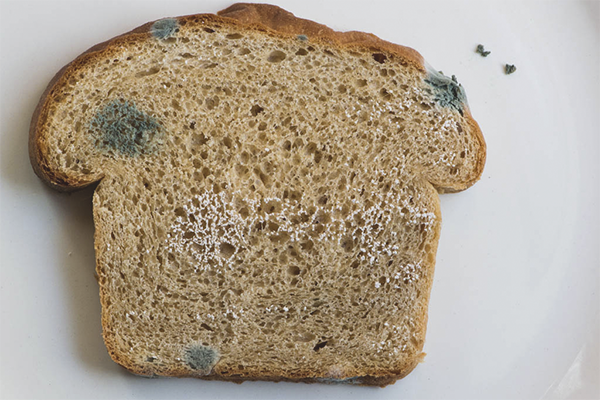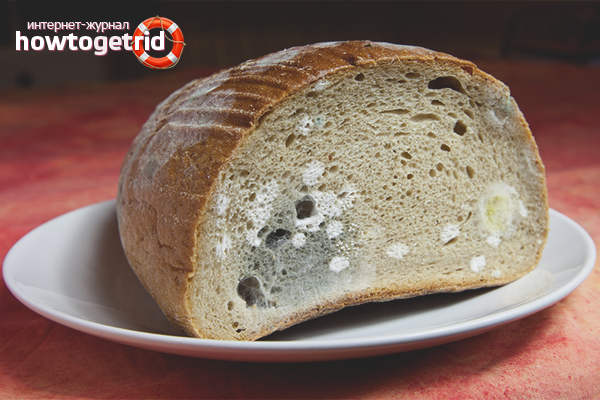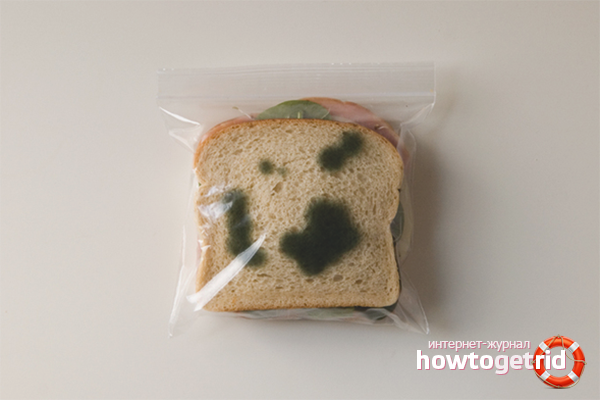The content of the article
Visual experiments in biology lessons help students quickly learn and gain maximum benefit from the lesson. But, besides, it is very interesting and fascinating. Very often, teachers ask students to conduct laboratory work on growing mold and fix each of its stages.
To properly grow the fungus at home, you need a minimum of costs and maximum patience. Although the process is not long, but we all want to quickly see the result.
What is mold
What is mold and where does it come from on bread. The subject of our study is nothing more than a fungus that takes root in a warm environment and grows on products and or in wet places.
Mold is of two types: toxic and non-toxic. The first is dangerous to health, and if accidentally swallowed or inhaled, it will cause nausea, vomiting, diarrhea, and in some cases can affect the nervous system and brain function.The second, by contrast, is a remedy and is used in folk and traditional medicine.
That mold, which we observe on products in the refrigerator, cannot be eaten. If you accidentally bite off and swallow a spoiled product, immediately take activated charcoal and drink down with plenty of water.
Mold spores are spread by air, and, getting into a favorable environment, begin to actively proliferate. They love wet wood, paper, glue, plaster, products. If the room where the disputes have got is poorly ventilated, then it will be difficult to withdraw.
Ways to grow mold
All that is needed for the active growth of fungi is moist air and nutrition. In our case, the food will be bread. The experiment can be done in several ways, but we will consider the two simplest and most visual ones.
How to grow mold:
- Take a saucer, put a piece of paper or natural fabric on it and sprinkle with a few drops of water. Place a piece of bread on top (better than white, so it will be easier to observe the mold). Cover the saucer with cling film or put it in a bag and tie it.Every day add a few drops of water to your bread. After 3-4 days, first appear white, and then green mold.
- Take the glass jar and place the bread in it. Dampen it with spray water and cover with a lid. Put the jar in a dark place and watch the result every day.
You can simply put a piece of bread in a bag and tie it, but then it will be difficult to bring it to school without damaging the integrity of the mold cover.
Mold growth stages
When you start the experiment, do not forget to record your observations on paper. Even better, if you can take a picture of them. As it grows, the mold will change color and volume, capturing all of the new space:
- Stage one. After 2-3 days after the start of the experiment, white specks appear on the bread, so the mold begins to “settle” in the new territory.
- Stage Two. The mold turns green. This happens for 3-4 days after placing the bread under the bag. If earlier it appeared on separate sites, now they grow together. This means that all conditions are met correctly.
- Stage Three. It is not necessary to bring the bread to such a state, it can be limited to the first two stages. But if you want to see what happens next, feel free to wait a few more days.The mold during this time will turn into black spots, which will indicate that new spores form on it. This is an important stage in the activity of fungi, on which it depends whether they will continue to multiply or not.
Since this type of mold is toxic, you should follow some safety rules. For example, if you open a bag or film, do not breathe over the bread so that spores do not get into your body. It is better to wear gloves on your hands during spraying and then wash them thoroughly.
How to grow mold quickly
The whole described process takes from 5 to 7 days. But what to do if you need to grow mold quickly, a day or two. This, of course, is unlikely, but it's worth a try. Again for the sake of experiment:
- Fungi like heat, so place the bread above the battery or in another place where the temperature is above room temperature.
- If you have cheese with mold or spoiled food at home, put already ripened fungi on the bread. They will take root pretty quickly, which will significantly speed up the process.
- Add milk instead of water, in such an environment mold grows faster.
- In order for the fungus to grow quickly, bring it out on purchased bread, preferably not the first freshness.
- Some young experimenters have noticed that mold grows quickly on unleavened, savory bread.
But it is best not to leave homework for the last moment, but to prepare it in advance.
Where mold is still growing
This, at first glance, unpleasant process, like growing mold, in fact turns out to be very exciting. You can expand the scope of homework and try to develop a fungus on other products:
- Vegetables or fruits. On them, the mold grows quite differently, it is more like mushrooms and has many different shades.
- If you want to impress the teacher with uniqueness, then make a puree of vegetables or fruit, add gelatin or agar-agar and place it under the film. Mold in this case will have an intricate pattern and an unusual color.
- Some go even further and add an antibiotic to jelly so that bacteria do not develop in it, and the mold can grow unhindered. This will speed up the process and make your experiment unique.
Which type of mold growth you choose. The easiest or most unusual.Every day around us there are a lot of interesting events, which you can watch and make amazing discoveries. In any case, do not forget to follow the process and record useful conclusions.





 16 votes, on average: 4,06 out of 5
16 votes, on average: 4,06 out of 5







To send